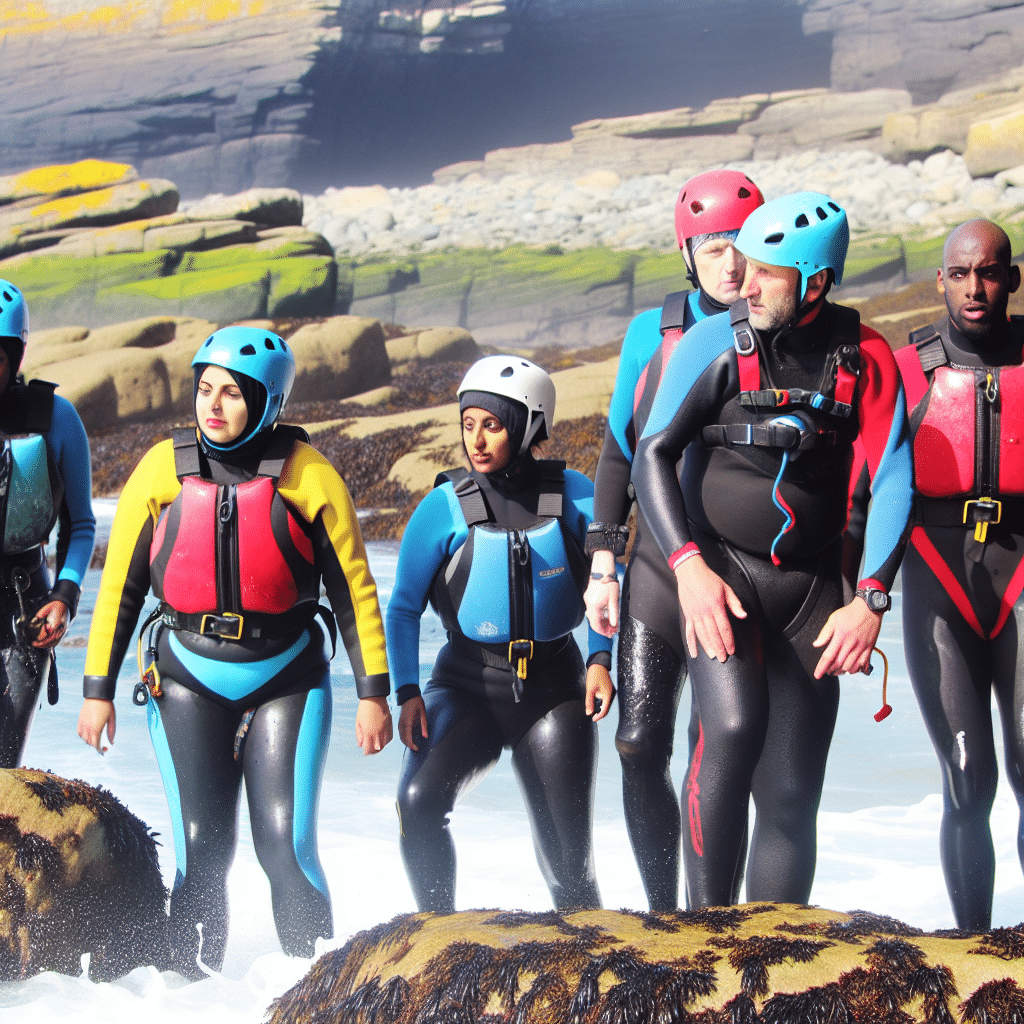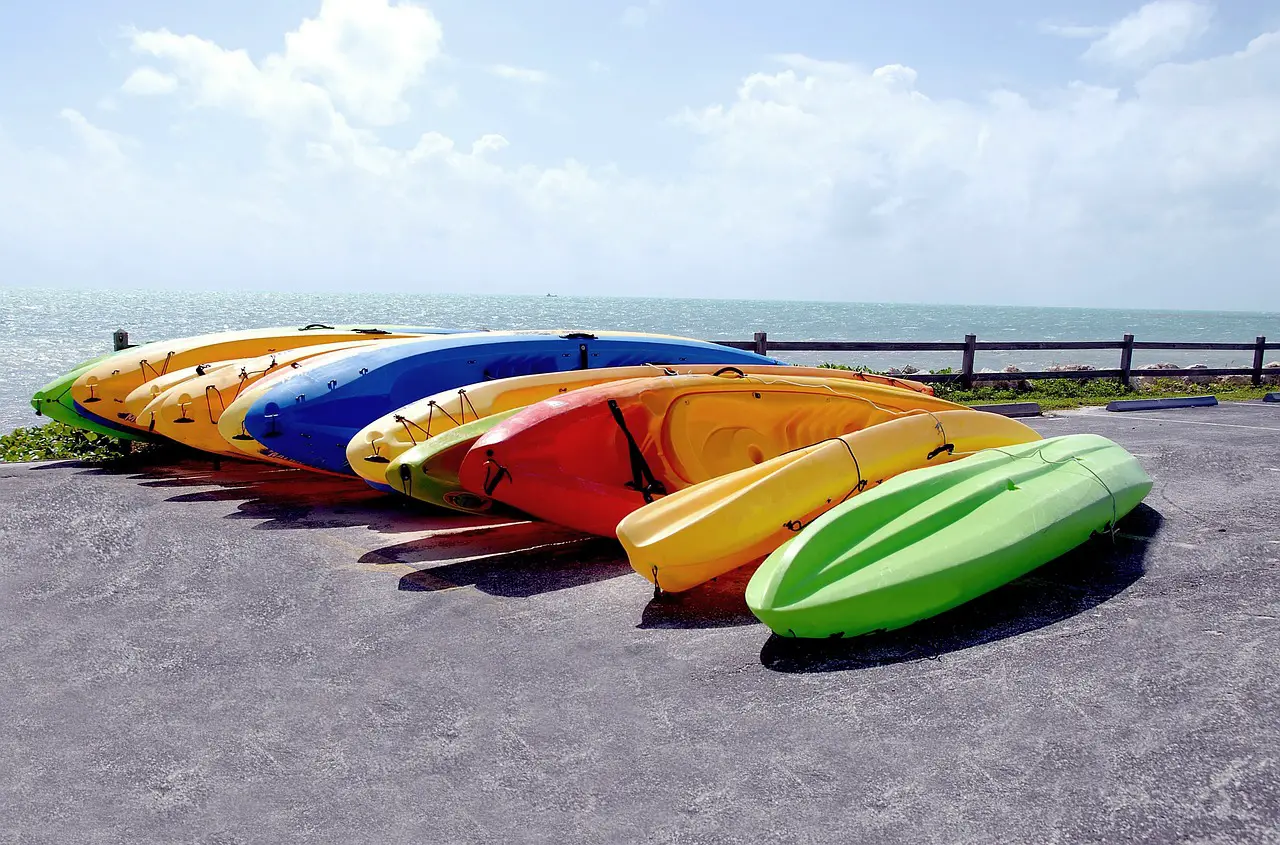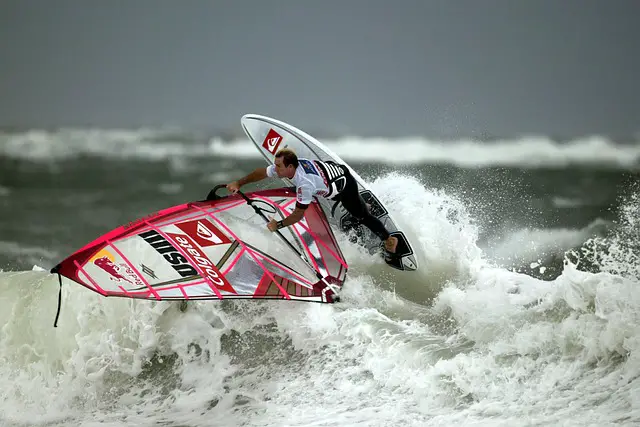If you’ve ever dreamed of combining rock climbing, swimming, and cliff jumping into one electrifying adventure, then coasteering is probably right up your alley. This popular and exhilarating activity allows thrill-seekers to explore rugged coastlines, traverse rocky shores, and plunge into wild waters. However, as with any extreme sport, the thrill of coasteering comes with its own set of risks and potential accidents.

What Makes Coasteering So Appealing?
Coasteering’s appeal lies in its unique blend of physical challenges and the beauty of natural coastal scenery. Participants get to experience the coastline from a fresh perspective: scrambling over rocks, leaping from cliffs, and swimming through waves and tide pools. It’s an adrenaline-packed way to connect with nature and experience the raw power of the ocean.
Understanding Coasteering Accidents
Despite the excitement, coasteering accidents are not uncommon and can range from minor injuries to severe, life-threatening situations. Understanding the possible risks is crucial for anyone considering undertaking this adventure sport.
Common Types of Coasteering Accidents
1. **Falls and Slips**: Given the inherently slippery and uneven terrain, falls and slips are among the most frequent types of accidents. These can result in sprains, fractures, or even head injuries if not protected properly.
2. **Drowning**: The risk of drowning is always present when engaging in activities near or in the water, especially where tides, currents, and waves are unpredictable.
3. **Hypothermia**: Given that coasteering often occurs in cold water, prolonged exposure can lead to hypothermia, which can be dangerous if not addressed quickly.
4. **Marine Life Encounters**: Participants may inadvertently come into contact with sea urchins, jellyfish, or other marine creatures, resulting in stings or cuts.
Why Do Coasteering Accidents Occur?
Several factors can contribute to the occurrence of coasteering accidents, each highlighting the importance of preparation and awareness.
Lack of Proper Training and Supervision
One of the primary reasons for coasteering accidents is the lack of adequate training and supervision. Many accidents happen when individuals or groups attempt coasteering without the guidance of experienced professionals. Untrained participants may not be aware of the best practices or how to navigate the terrain safely.
Inadequate Equipment
Using inappropriate or inadequate equipment can also lead to accidents. Proper wetsuits, buoyancy aids, helmets, and sturdy footwear are essential for reducing the risk of injury. Insufficient gear can increase the likelihood of accidents and exacerbate their severity.
Unpredictable Weather Conditions
Weather conditions at the coast can change rapidly and dramatically. Sudden shifts from calm to rough seas, high winds, or unexpected storms can create hazardous situations. Even experienced coasteers can find themselves in peril if they aren’t attuned to changing weather patterns.
How to Minimize the Risk of Coasteering Accidents
While the risks associated with coasteering cannot be entirely eliminated, they can be managed effectively to ensure a safe and enjoyable experience.
Go with a Professional Guide
One of the most effective ways to minimize risk is to participate in coasteering with a professional guide. Certified guides have the necessary knowledge and experience to navigate the terrain safely and respond to emergencies.
Wear Appropriate Gear
Wearing the right equipment is non-negotiable. A good wetsuit will protect you from cold water, while a buoyancy aid will help you stay afloat. Helmets prevent head injuries, and durable footwear provides traction on slippery rocks.
Stay Informed About Weather Conditions
Before embarking on a coasteering adventure, always check the weather forecast and tide times. Avoid coasteering during adverse weather or when tides are high. Most professional guides will only operate when conditions are deemed safe.
Know Your Limits
Understanding and respecting your physical limits is crucial. Coasteering can be physically demanding, and it’s important not to overestimate your abilities. If you feel tired or uncomfortable, communicate with your guide and take a break.
Real-Life Stories of Coasteering Accidents
To underscore the importance of safety, consider these real-life accounts of coasteering accidents.
The Near-Drowning Incident
In 2018, a group of friends went coasteering on the coast of Wales without a professional guide. One participant, unfamiliar with the strong currents, was swept out to sea. Luckily, a passing boat saw his struggle and rescued him just in time.
The Cliff Jump Gone Wrong
A coasteering enthusiast in Scotland miscalculated the height of a jump and landed awkwardly in shallow water, resulting in a broken leg. Emergency services had to airlift him to a nearby hospital for treatment.
Conclusion: Embracing Coasteering Safely
Coasteering can be an incredible way to experience the beauty and power of the ocean, combining adventure with nature. However, the potential for coasteering accidents necessitates a cautious and informed approach. By understanding the risks, using proper equipment, and relying on professional guidance, you can significantly reduce the chances of accidents and ensure that your coasteering adventure remains a thrilling yet safe experience.
Ultimately, the key to a successful coasteering trip is preparation, respect for the environment, and knowing when to seek help. So gear up, stay informed, and most importantly, enjoy the incredible coastal landscapes safely.



